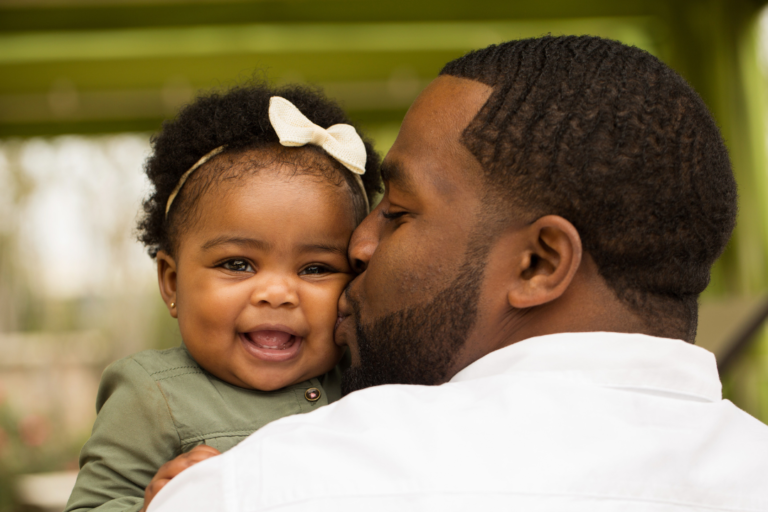Following the 5 steps to a peaceful bedtime is a practical way to encourage healthy sleeping habits in your baby. Bedtime is typically one of the battles that parents choose when picking the issues that they can and will be consistent about. A peaceful bedtime is not only a great way to end the day, but it will make the toddler school going years easier when you little one knows the boundaries around bedtime.
When a baby is born, so is a mother and a new relationship. In the months after birth, a new baby will have the task of making sense of their world. Likewise, a new mom has months (and years) ahead of her to learn how to soothe her little one and settle them into good sleep habits. Like any new skill, teaching your baby to sleep well is a learning curve for you and your little one.
Here are 5 steps to a peaceful bedtime:
Give your baby the opportunity to settle independently. From 3 – 4 months onwards you can expect your baby to start to access self soothing strategies such as sucking their hands or using a ‘doodoo’ blanky to fall asleep. It is tempting to respond the second you hear your baby whimper after you have put them down for the night. The reality is that many babies are noisy when settling themselves, grunting and moaning. It is worth listening to their fussing for 3-5 minutes before responding, to see if they can settle on their own.
Day sleep begets night sleep. Having a regular day sleep routine is an important step to a peaceful bedtime. With regular, age-appropriate day sleep your baby won’t be overtired or resist falling sleep. Don’t be tempted to follow the flawed logic that keeping your baby awake will ‘tire them out’ so they will sleep well at night. Babies who do not sleep well during the day often do not sleep well at night.
Watch your baby’s ‘awake time’. How long your baby has been awake will determine when they should go back to sleep. To set up a healthy day sleep routine, remember to stick to the awake times as per Baby Sense and Sleep Sense. You can check your baby’s optimal awake times by age here.
Follow a calming bedtime routine. Each night, enact the same calming routine to help your baby prepare for sleep.
- Bedtime must be between 6 and 7pm, no later for babies.
- An hour before bed, bath your baby in warm water.
- Give your baby a soothing massage before dressing them.
- Do not leave your baby’s bedroom between bath and bedtime.
- Read your baby a story.
- Give the last feed of the day in your arms – never feed your baby in the cot.
- Rock and sing to your baby until they are drowsy but are not fully asleep (look for long, tired blinks).
- Put your baby down to sleep in their cot awake but drowsy and let them settle fully to sleep from here.
Set up a ‘soothing sleepy space’. Make sure that on every sensory level, your baby’s sleep space is calming. Some ideas for a calming sleep space are lavender scents, dimmed lights, gentle lullabies or white noise playing in the background, soft sheets and a sleeping bag to keep your baby warm.
Rest assured that on the journey to helping your baby sleep well, you are in good company. There is not a time in our lives when we are as fatigued as the first few years of our little one’s lives. By implementing gentle sleep strategies, you will help your baby to develop good sleep habits from day one.




